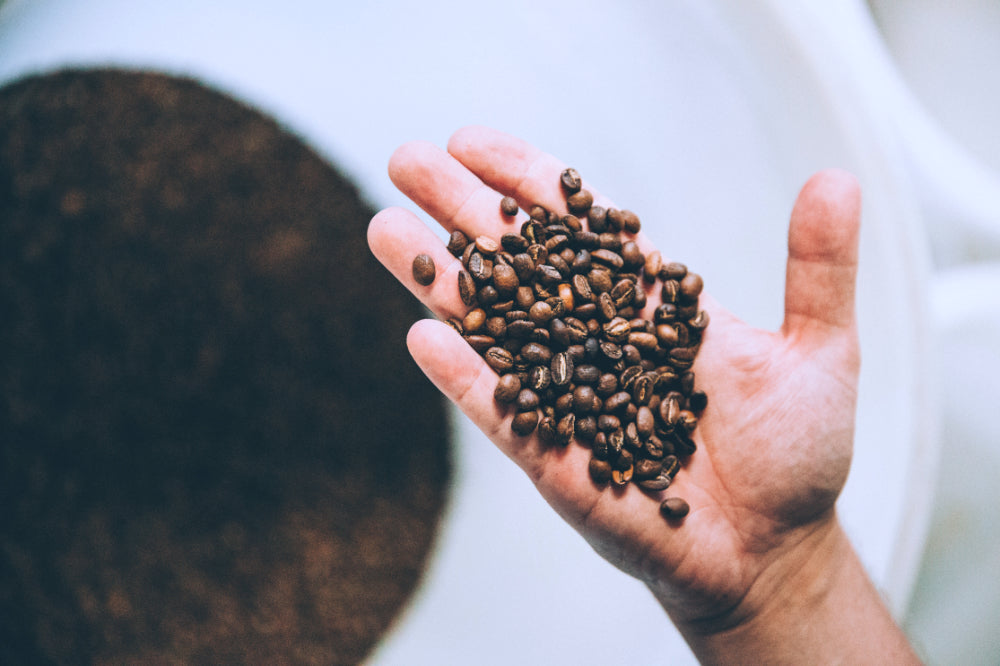Demystifying Coffee Prices: Understanding the Factors at Play
Coffee, a daily ritual for many, has a complex journey from bean to cup. Ever wondered how the prices of your favorite coffee are determined? It's a multifaceted process influenced by various factors, from the farm to the coffee shop. Let's delve into the intricacies of how coffee prices are determined.
Factors Influencing Coffee Prices
1. Market Demand and Supply: Like any commodity, coffee prices are influenced by the basic economic principles of demand and supply. Fluctuations in global demand, coupled with changes in the coffee-producing regions' supply, can impact prices significantly.
2. Arabica vs. Robusta: Coffee comes in various varieties, with Arabica and Robusta being the most prominent. Arabica beans, known for their smooth and nuanced flavors, often have a higher market price compared to the hardier Robusta beans, which are more robust in flavor but less expensive to produce.
3. Global Coffee Market: The international coffee market, where coffee is bought and sold on commodity exchanges, plays a pivotal role in determining prices. Factors such as weather conditions, political instability in coffee-producing regions, and currency fluctuations can influence global coffee prices.
4. Quality Grading: Coffee is often graded based on quality factors such as bean size, defects, and cupping scores. Higher-quality coffees, often labeled as specialty coffees, tend to command higher prices due to their unique and desirable flavor profiles.
5. Fair Trade and Direct Trade Practices: The rise of fair trade and direct trade practices has introduced a different approach to pricing. Fair trade aims to ensure that coffee producers receive a fair and stable price for their beans, while direct trade involves direct relationships between roasters and farmers, often resulting in premium prices for high-quality beans.
From Farm to Cup: The Coffee Supply Chain
1. Coffee Farming Costs: The production costs at the farm level include expenses for labor, fertilizers, pesticides, and other inputs. These costs vary across regions and can impact the minimum price at which farmers are willing to sell their coffee.
2. Harvesting and Processing: The labor-intensive process of harvesting and processing coffee cherries incurs additional costs. Specialty processing methods, such as honey or natural processing, may require more time and effort but can contribute to higher-quality and more expensive coffees.
3. Transportation and Import Costs: The journey from coffee-producing countries to consumer markets involves transportation and import/export costs. Fluctuations in shipping and logistics can influence the final price consumers pay for coffee.
4. Roasting and Packaging: Once the green coffee beans reach roasters, the costs of roasting, packaging, and distribution come into play. Specialty roasters often invest in high-quality roasting equipment and packaging materials, contributing to the overall cost of the final product.
Consumer Perspectives on Coffee Prices
1. Perceived Value: Consumers often associate higher prices with better quality. The perceived value of specialty or single-origin coffees, for example, can justify premium prices in the eyes of consumers who appreciate the unique flavors and ethical sourcing associated with these products.
2. Brand Reputation: Established brands and coffee shops with a reputation for quality may charge higher prices based on their brand image. This reflects not only the cost of production but also the brand's perceived value in the market.
Conclusion
The pricing of coffee is a dynamic interplay of economic factors, production costs, and consumer perceptions. As you savor your favorite cup, understanding the journey from the coffee farm to your mug provides insight into the complexity of coffee prices and the value attached to each sip.













